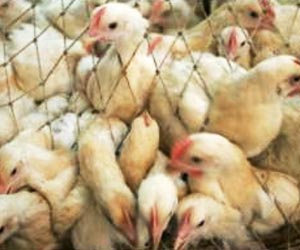When the 1918 pandemic hit, the death toll was so overwhelming that steam shovels were brought in to dig graves, caskets rented to hold brief memorial services, trains commandeered to transport dead soldiers and priests could be seen patrolling the streets of Philadelphia.
With the threat of another flu pandemic looming in the not too distant future and the government and health care providers making preparations for it mortuary specialists are once more faced with the question ‘what to do with the dead?’Although the virulence of the next global flu outbreak cannot be exactly predicted but experts estimate that even a modest epidemic in the scale of the 1968 epidemic could kill up to 207,000 Americans. Should it mimic the more violent attack 1918 strain, the death toll in the US could rise to 1.9 million.
Experts have foreseen at least an 18-month period of funeral homes being short-staffed, 24-hour operations of crematories. Hospitals and morgues would quickly reach capacity. In addition federal Disaster Mortuary Operational Response Teams (DMORT) would be probably be too busy in their own communities to be deployed elsewhere.
Some experts fear that while the Bush administration, has made detailed planning for pandemic flu, it has paid minimal attention to fatalities.
‘It's the one thing nobody wants to address, because it's ugly. People don't want to think that anyone will die,’ said John Fitch, senior vice president for advocacy at the National Funeral Directors Association. ‘We can't put our head in the sand and say response stops at prevention and treatment.’
The 227-page response plan released by the White House has only spared a paragraph on page 112 to recommend hospitals, government officials and medical examiners 'to assess current capacity for refrigeration of deceased persons, discuss mass fatality plans and identify temporary morgue sites' to handle surges.
Advertisement
'Virtual funerals' broadcast over closed-circuit television or the Internet would be advised, said Nesler, who ran the Fort Monroe conference. 'The very worst thing you can do during an epidemic is have large gatherings of people' such as memorial services, he said.
Advertisement
Chief medical examiner, Marcella Fierro, for Virginia has said that the state is trying to help now by developing software systems for clerical tasks such as keeping track of the dead and contacting next of kin.
According to Michael Osterholm, head of the Center for Infectious Disease Research & Policy at the University of Minnesota, ‘If the next pandemic strikes with the same ferocity as the 1918 flu, even the most thorough planning will not prepare people for the emotional toll of such widespread death.’




